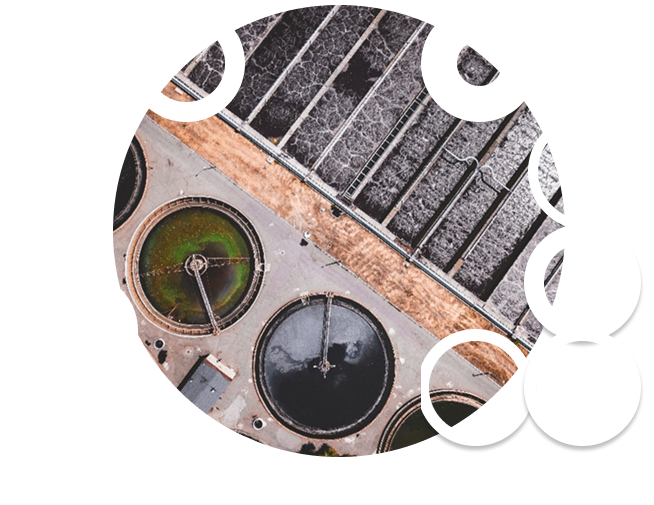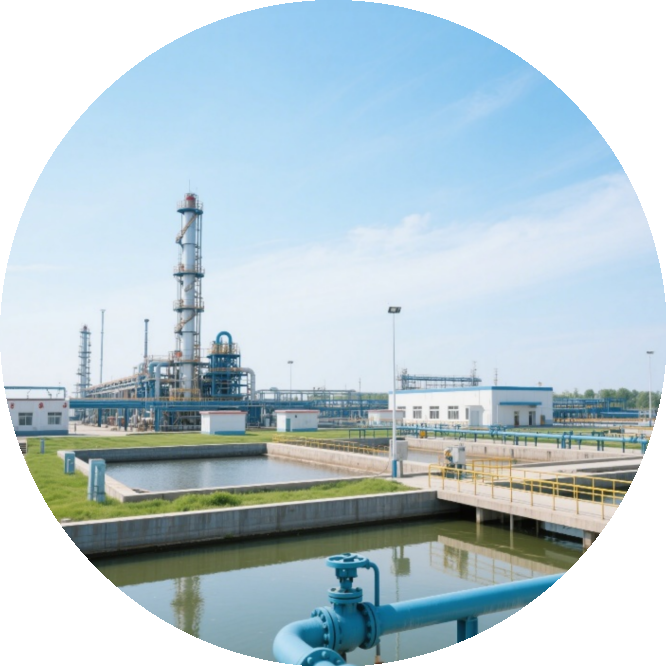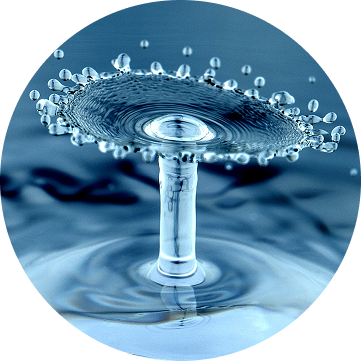Wastewater Reuse Project of a Petrochemical Wastewater Treatment Plant in Lanzhou



Large amounts of wastewater are generated during petroleum refining, which exhibit the following characteristics:High water volume: Petroleum refining produces substantial wastewater, including production wastewater, cooling water, and other process water.Complex water quality: The refining process involves difficult-to-treat substances such as mineral oils and polycyclic aromatic compounds (PAHs), which are difficult to degrade.High pollutant concentration: Certain pollutants in petroleum refining wastewater reach high concentrations.High temperature: Wastewater generated during refining has elevated temperatures. High-temperature wastewater can slow the metabolic rate and growth of microorganisms in subsequent biochemical treatment, and excessively high temperatures may even be lethal to microorganisms, impairing the wastewater treatment efficiency of the biochemical system.These characteristics make the treatment of petroleum refining wastewater particularly challenging and critical. When treated petrochemical wastewater is reused as reclaimed water, it still faces issues such as water quality fluctuations, oil content, and refractory pollutants. In the on-site advanced reuse workshop, the original ultrafiltration membrane system experienced significant filament breakage after a period of operation, directly affecting the performance of the subsequent reverse osmosis system.
Adoption of AFC-I5000P Membrane Module
This customized module replaces a certain imported product on site and operates using an internal pressure filtration method. Through product design and flow channel optimization, the module's dirt retention capacity is enhanced, while the membrane filament strength is improved to ensure no filament breakage during long-term operation in the wastewater reuse process.
Due to the PES material of the product, its resistance to oxidizing agents is relatively weak. We ensure the long-term stable operation of the internally pressurized ultrafiltration membrane in reclaimed water reuse by optimizing the system operation process and adjusting the restoration and maintenance cleaning methods.


Since the project was put into operation with replacements in 2020, the chemical cleaning cycle has been >6 months in the first year, >4 months in the second year, and >3 months in the third year.